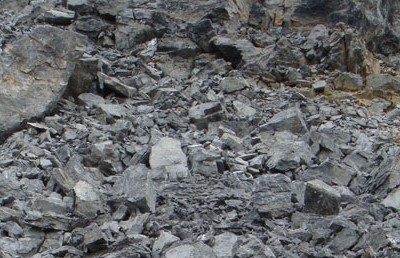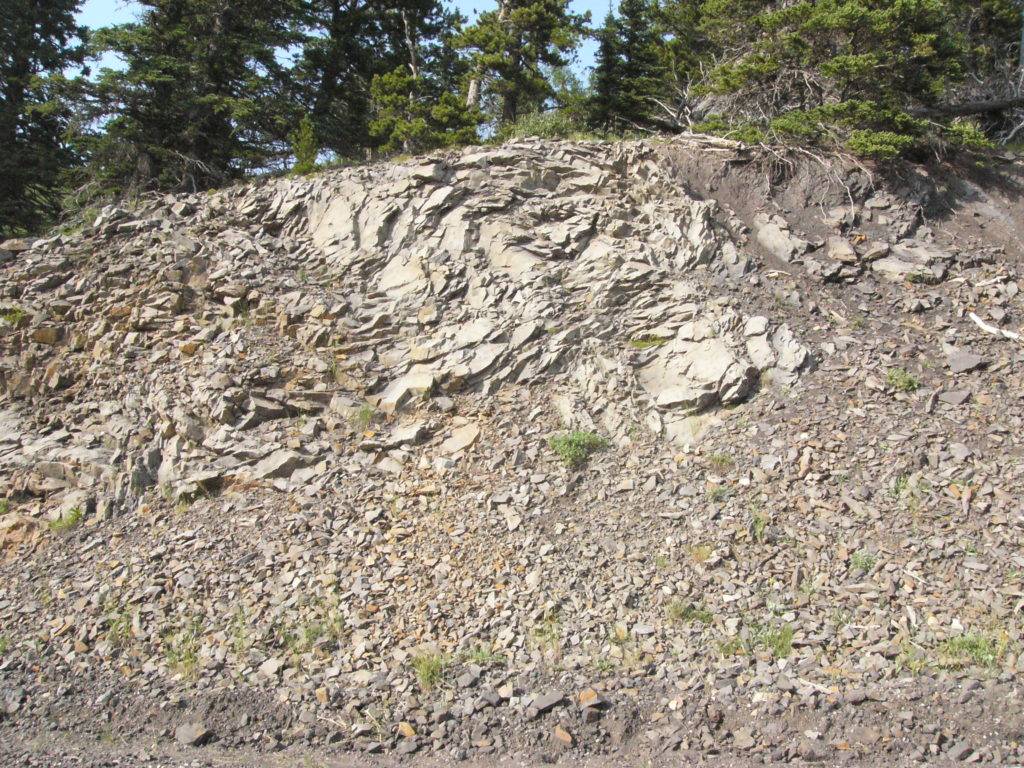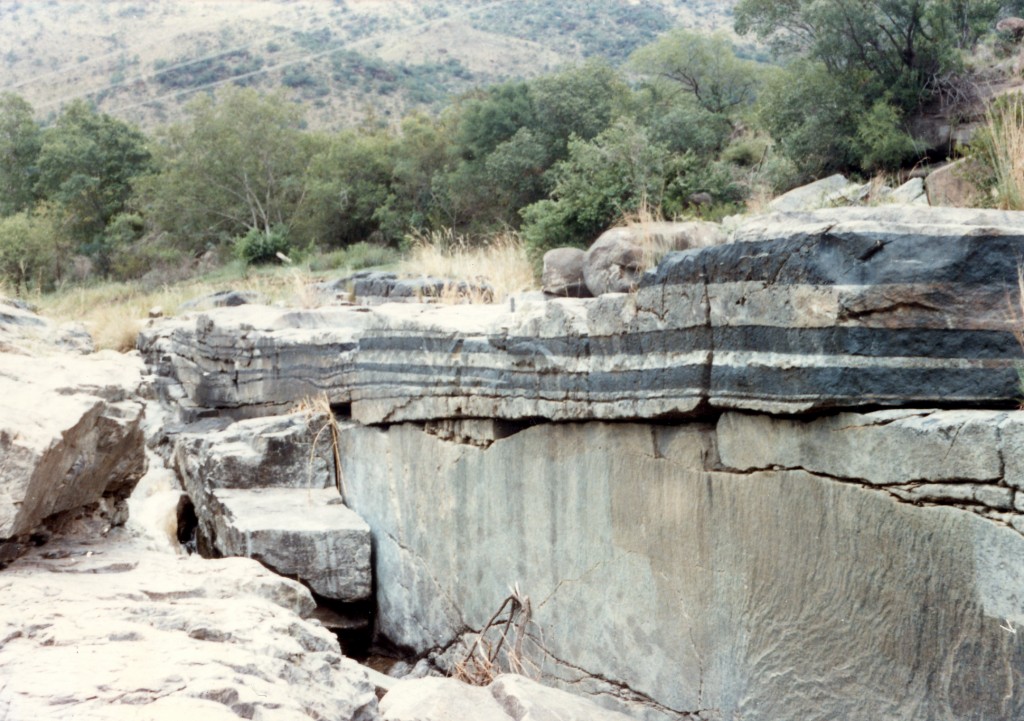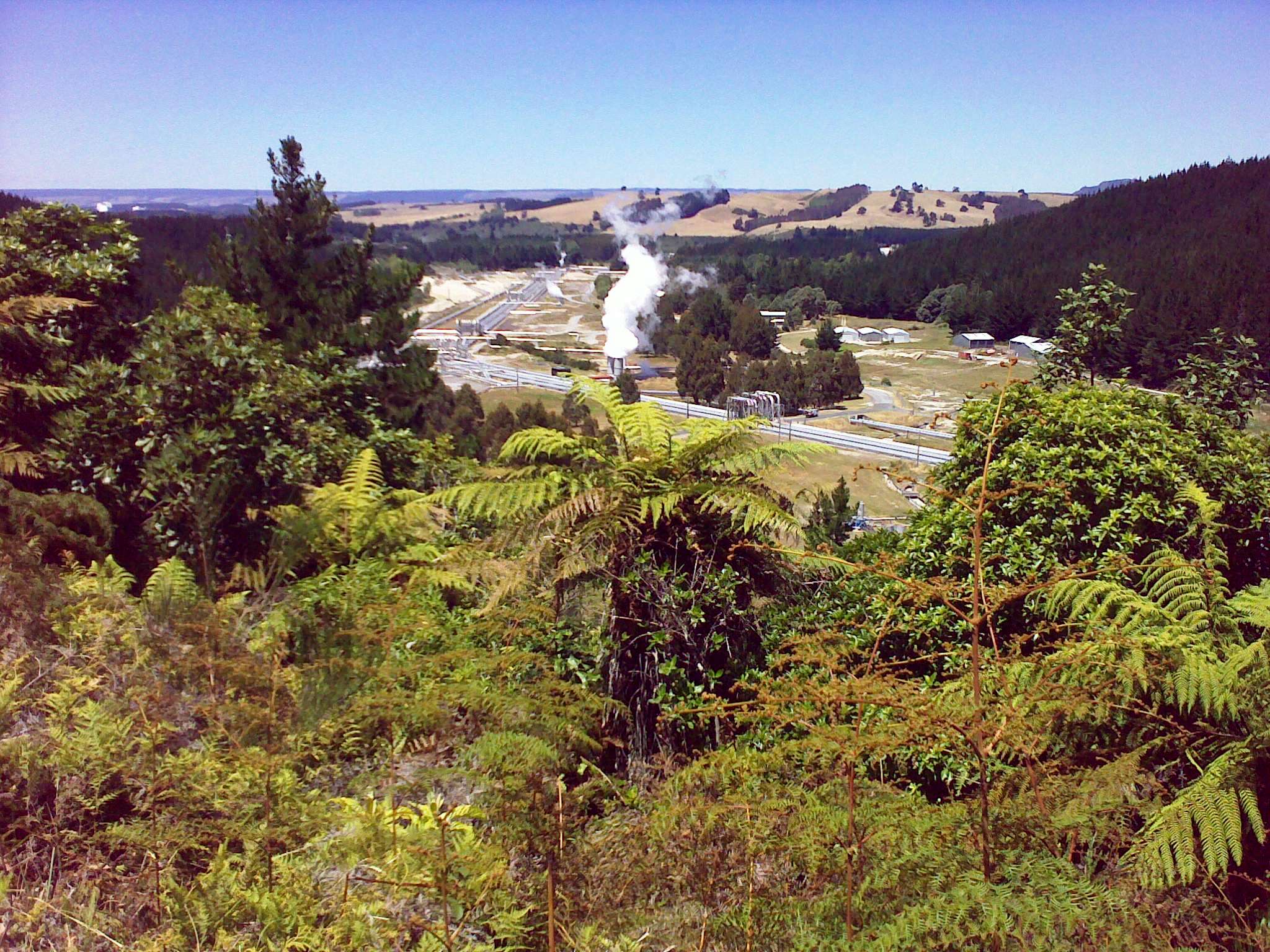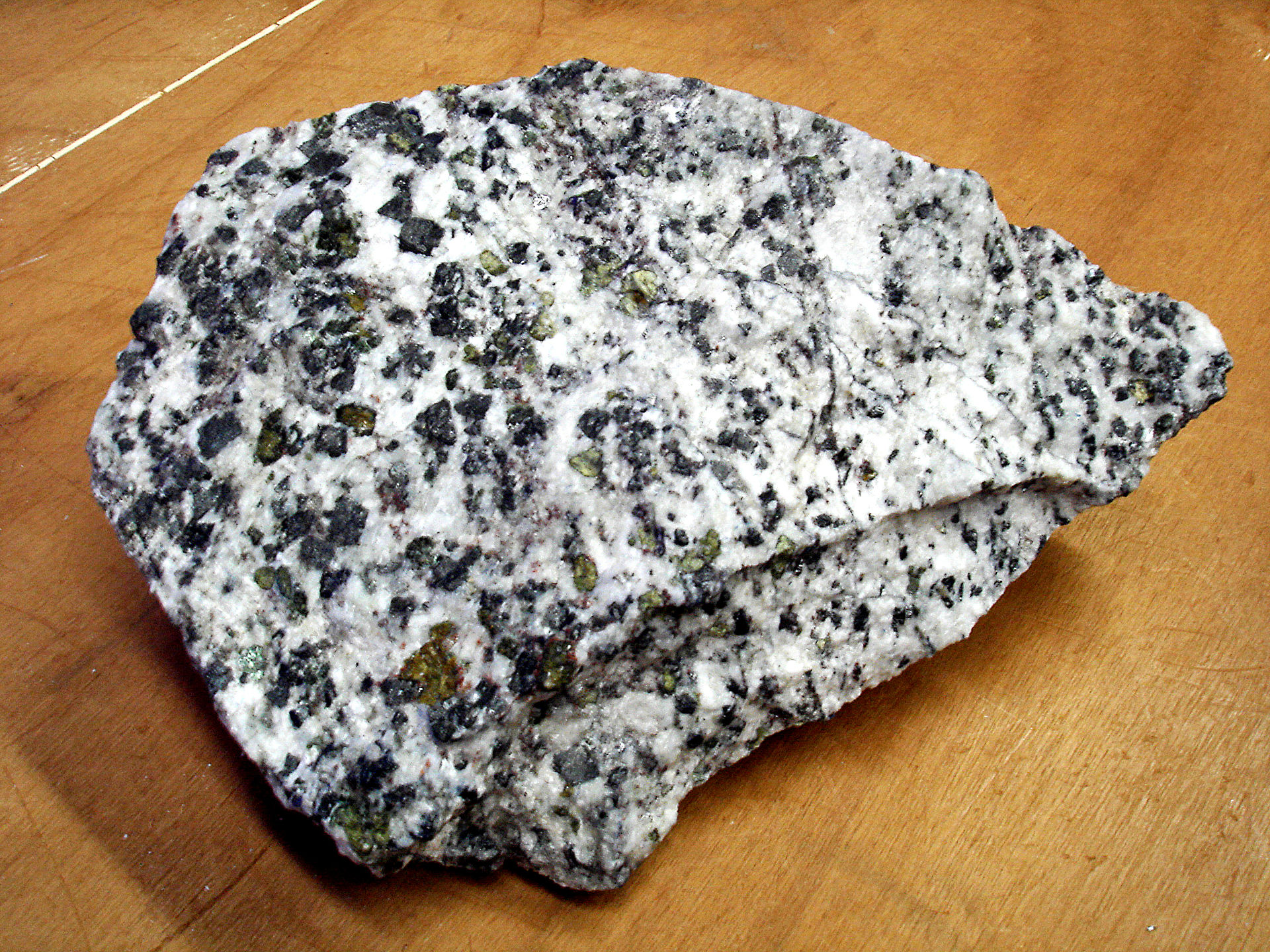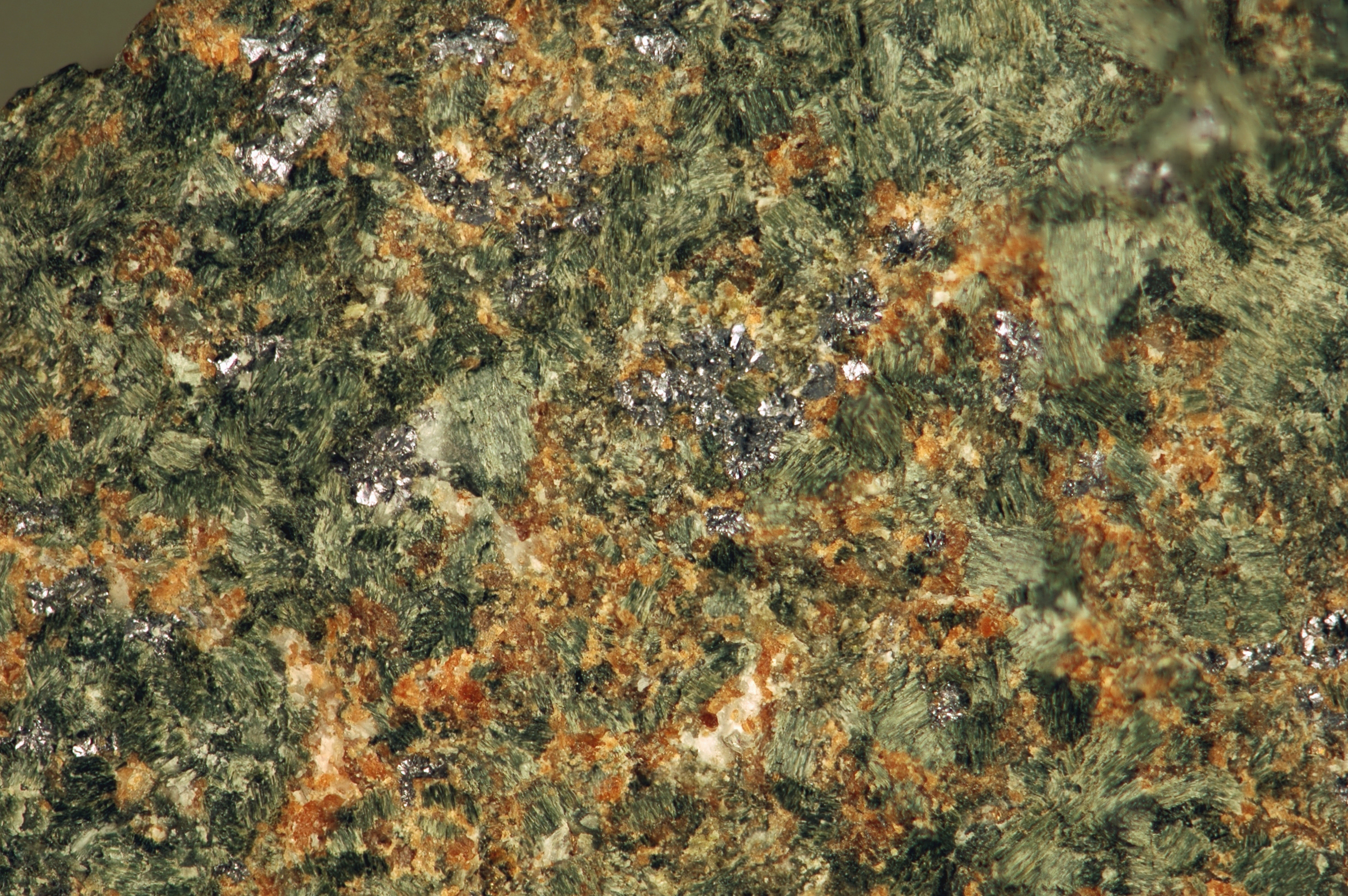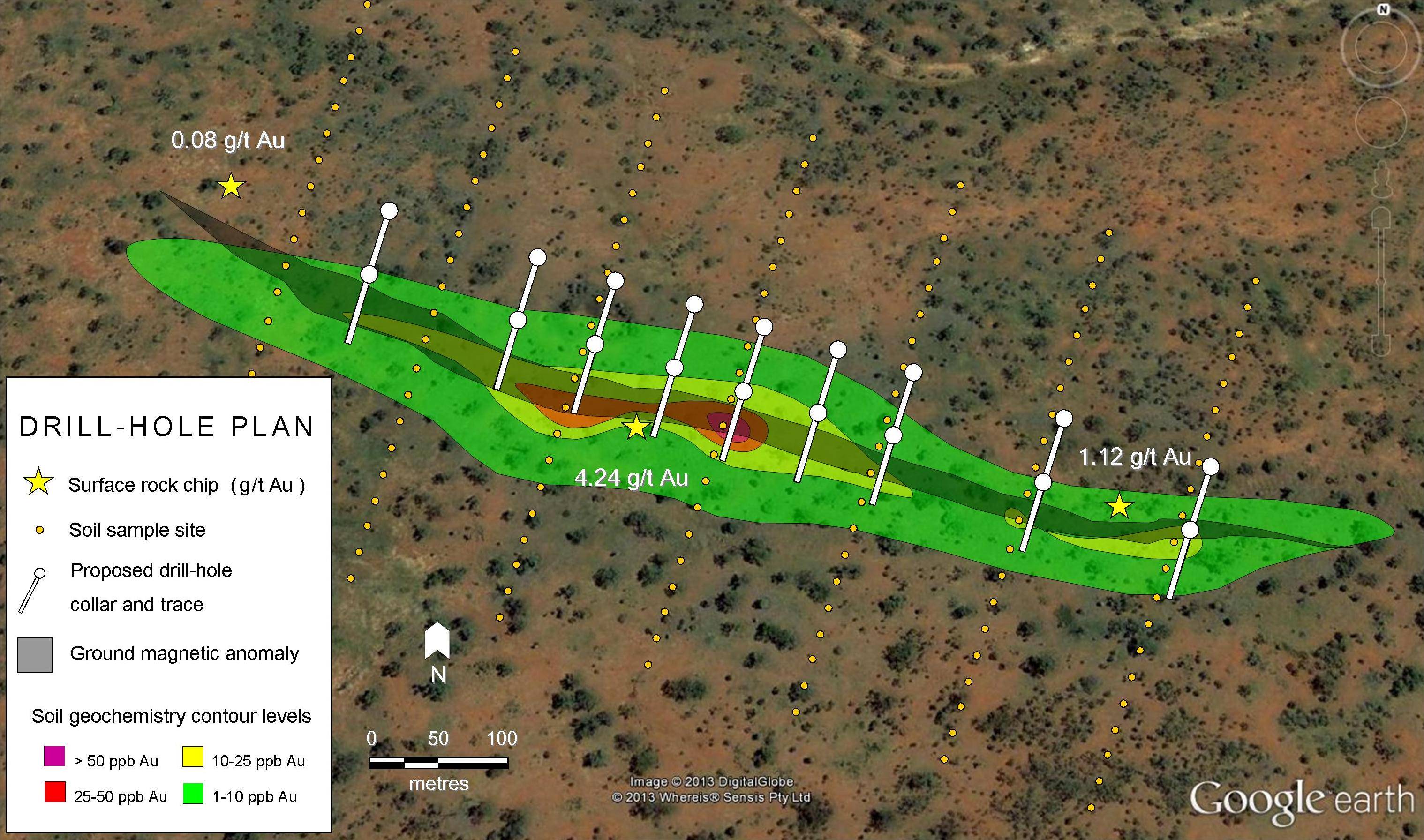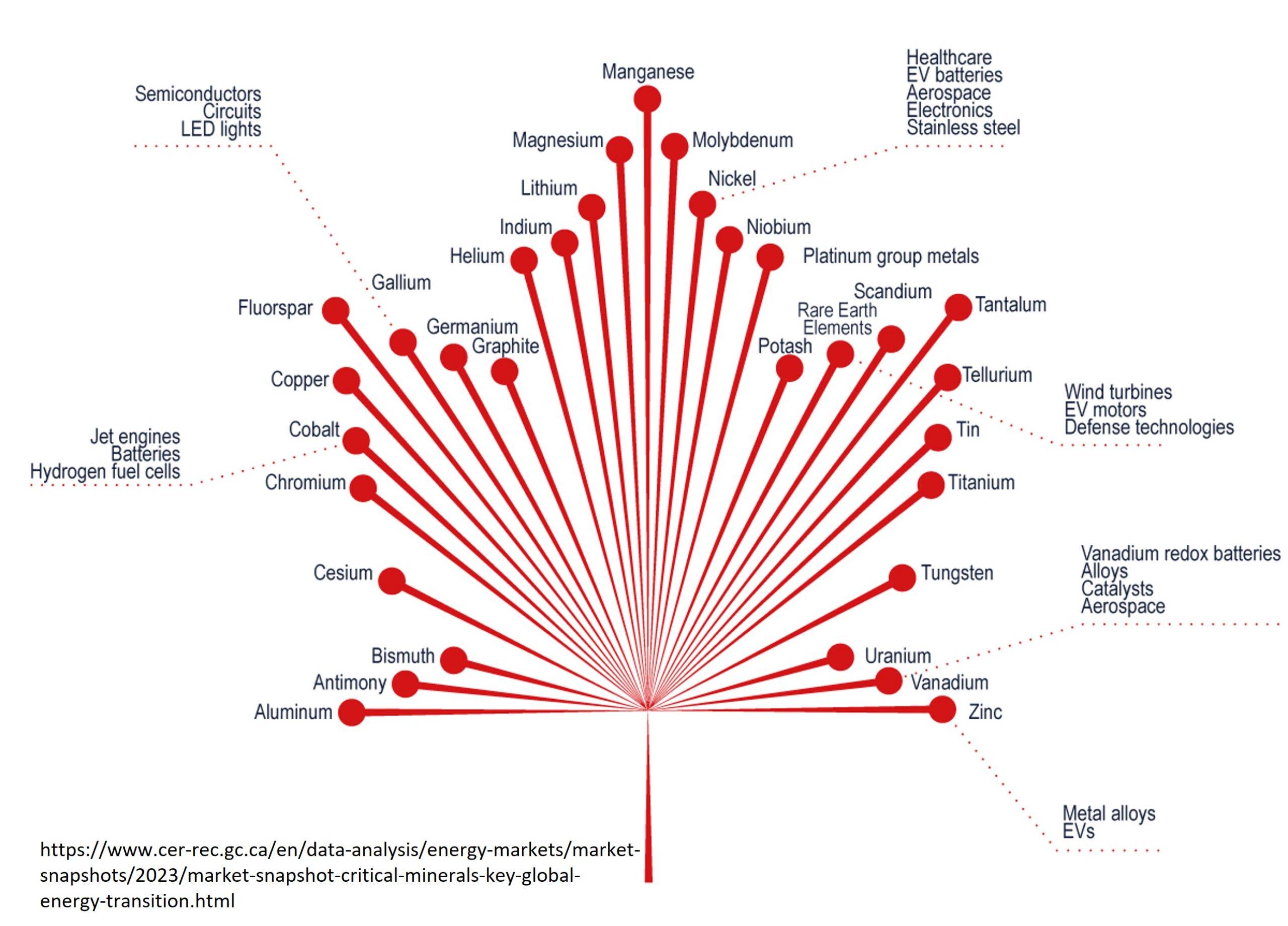Understanding alteration is essential to understanding where the next big discovery will be found.
The term “alteration” appears in almost every junior mining company press release or project description, often repeated many times in a single paragraph. It is usually prefaced by a strange assortment of words ending in –ic, like potassic, advanced argillic or hematitic. In this article, we will discuss:
- Alteration definition and processes
- Alteration processes
- Common types of alteration, including potassic, sericitic, phyllic, propylitic, agrillic, silicication, silification, carbonatization, greisenization and hematization
- Alteration and mineral exploration
What Is Alteration And How Does It Happen?
Alteration occurs when a mineral’s chemical composition or crystal structure is changed. When a rock is altered, the original minerals are modified or replaced by a new suite of minerals with a different chemical composition. The new group of minerals, called a mineral assemblage, reflects the rock composition and properties/amount of the fluid that altered the rock.
In most cases, alteration is caused by fluids moving through rocks. Fluids can move through the tiny spaces between minerals in a rock or along larger structures like faults and fractures. The term fluid refers to:
- Hot, aqueous liquids circulating deep within the crust
- Cool groundwater percolating down from the Earth’s surface
- Liquids released by magma
Alteration is often caused by a complex combination of the above. Minerals can also be altered by sudden changes in temperature and pressure.

Most ore deposits are formed or modified by hydrothermal fluids. These medium-to-high temperature fluids are mostly composed of water and range in salt content and acidity. With the help of a heat source, they move through the tiny, empty pores and structures within rocks to mobilize and deposit valuable metals and other elements.

As fluids move through a rock, alteration occurs in a few ways:
- Fluids change the chemistry of existing minerals
- Existing minerals are replaced with new minerals
- New minerals are deposited in cavities or fractures
Alteration And Exploration
When companies talk about alteration in their press releases, they are usually referring to the end result of the alteration process – the minerals and collections of minerals resulting from certain types of alteration.
Individual drill holes, exploration properties and even large mines are often mapped by geologists according to the alteration style. Identifying and mapping alteration is a key goal of core logging, together with colour, texture, and rock type.
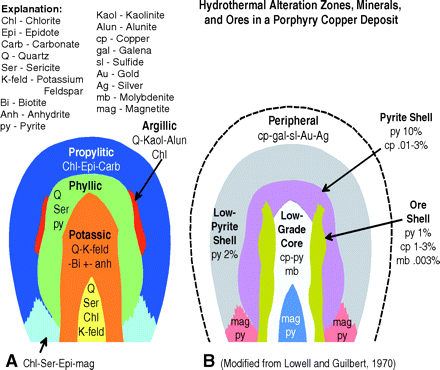
Alteration present in drill core or field mapping can indicate certain types of mineralization, directing exploration geologists to ore zones. Alteration can enrich an orebody, or expand its footprint, making it easier to find.
Introducing the -ics
The following –ic terms are the most common types of alteration.
Potassic
Potassic alteration involves the formation of new potassium feldspar and/or biotite. There may also be small amounts of sericite, chlorite and quartz. This type of alteration is typically found at the core of porphyry copper deposits and is the result of alteration by very high temperature potassium-rich fluids.
Phyllic/Sericitic
Phyllic alteration is associated with porphyry copper deposits, epithermal deposits and volcanic massive sulphide deposits. It forms over a wide range of temperatures and is a very common alteration style. The resulting mineral assemblage is primarily fine-grained white mica called sericite, along with quartz, chlorite and pyrite. Phyllic alteration is also known as sericitic alteration.
Propylitic
Propylitic alteration is one of the most widespread forms of alteration. This mild form of alteration occurs at low temperatures and creates mainly chlorite and epidote with some clinozoisite, calcite, zoisite and albite. The mineral assemblage formed by propylitic alteration is nearly indistinguishable to the minerals formed during regional greenschist metamorphism. Propylitic alteration is found at the margins of porphyry copper deposits and epithermal precious metal deposits.
Argillic
Argillic alteration is characterized as “advanced” or “intermediate” depending on how severely the minerals in the original host rock have been changed. Intermediate argillic alteration occurs at low temperatures and replaces plagioclase feldspars with the clay minerals kaolinite and montmorillonite. It occurs at the edges of porphyry systems.

During advanced argillic alteration, affected rocks are leached by boiling-hot extremely acidic fluids. The resulting mineral assemblage includes kaolinite, pyrophyllite, dickite and alunite, with some quartz, topaz and tourmaline. Advanced argillic alteration is commonly associated with near-surface epithermal deposits
Silication
Silication converts carbonate minerals into silicate minerals. It is an essential step in the formation of skarn deposits and involves an acidic magmatic fluid invading a relatively easily-dissolved carbonate rock.
Silicification
Silicification introduces new quartz or amorphous silica minerals. It can occur as a halo around a range of ore deposit types and characterizes what is known as the sinter zone in high level epithermal deposits. Silicification also occurs in the majority of fractures that hydrothermal fluids have passed through, forming quartz veins.
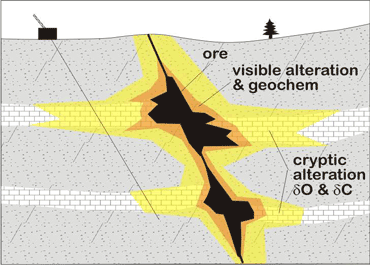
Carbonatization
Carbonatization refers to the formation of carbonate minerals like calcite, dolomite, magnesite and siderite. Carbonazation occurs when low-salinity, CO2-rich fluids react with rocks. The type of mineral that forms depends on the composition of the host rock. This alteration type is almost always found around Archean greenstone gold deposits.
Greisenization
A greisen is a cap of highly altered rock on top of a granite containing tin and tungsten mineralization. The mineral assemblage formed by greisenization contains mostly quartz, muscovite and topaz with some tourmaline and fluorite. Ore minerals associated with greisens include tin, tungsten, molybdenum, fluorine, gold, silver and copper.

Hematization
Hematization is an alteration style caused by oxidizing fluids. It results in the formation of hematite and some potassium-feldspar, sericite, chlorite and epidote. Hematization is associated with magmatic-hydrothermal environments and stratiform sediment-hosted copper-cobalt deposits. The enormous Olympic Dam IOCG and uranium deposit is characterized by this iron-rich alteration style, and also sediment-hosted copper-cobalt deposits in central Africa.
Further Reading
Subscribe for Email Updates

